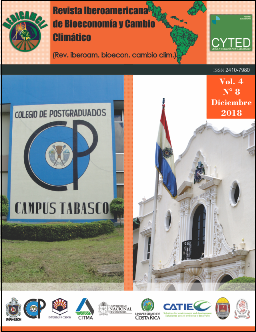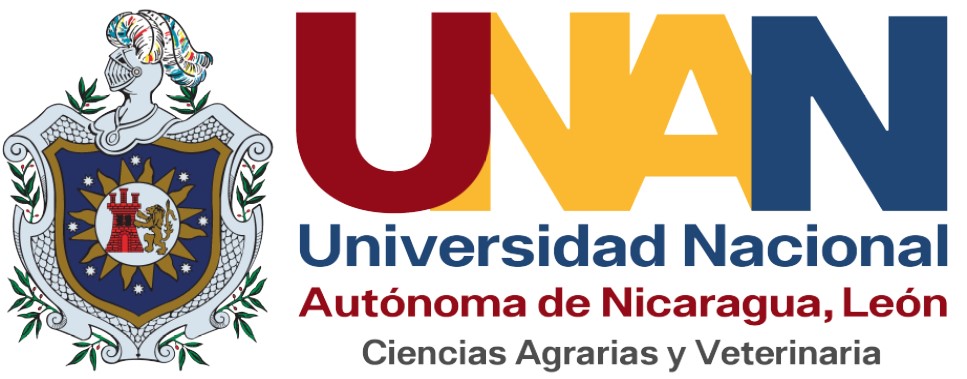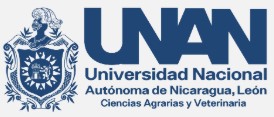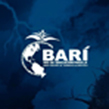Pollutants and use of waste in lion tanning, producing biogas and biodiesel
DOI:
https://doi.org/10.5377/ribcc.v4i8.6675Keywords:
Pollution, environment, slaughterhouses-tanning, Biogas, BiodieselAbstract
Slaughterhouses and leather tanners cause great environmental contamination, mainly by trivalent chromium and sometimes hexavalent, blood, fats and organic waste that decompose. In León, slaughterhouses and tanneries do not follow the guidelines for waste treatment and pollution reduction. With this work we seek to make a study of environmental contaminants in slaughterhouses and tanning industries, making physical-chemical environmental measurements to verify the environmental impact. A biodigester and a mini reactor were built to obtain biogas and biodiesel, using both organic and fatty waste as raw material, as a source of use and reduction of pollution. was divided into 4 zones for analysis, the physicochemical parameters measured were: pH, CO2 (ppm), dissolved O2 (mg / L), Conductivity (μs / cm), BOD5, COD, color, smell, appearance, temperature, humidity relative. According to the BOD5 / COD ratio, the 4 zones are above 8, this indicates that the water is more biodegradable and can be treated biologically for cleaning, CO2 levels indicate that they are suitable for river, lake, lagoon and river areas. seas, especially where there is flora that can use CO2. All organic waste can be used to obtain biogas (methane).
Downloads
Metrics
References
Artuz, L. A., Martínez, M. S., & Morales, C. J. (2011). Las industrias curtiembres y su incidencia en la contaminación del río Bogotá. Isocuanta, 1(1).
Cado, O. (1996). Sales de cromo: Su relación con el medio ambiente. Gerencia Ambiental, 3(30), 770-778.
Tablero, H. (2006). Medio ambiente. Recuperado de http://www. monografias. com/trabajos15/medioambientevenezuela/medioa mbiente-venezuela. shtml.
Mata Chasi, E. A. (2010). Elaboración de una guía práctica para el manejo de los desechos sólidos y su incidencia en la contaminación ambiental en la ciudad de Saquisilí, barrió la compañía durante el periodo 2009 – 2010. (Tesis de pregrado) Unidad Académica de Ciencias Administrativas y Humanísticas. UTC. Latacunga.
Palacios, H., & Zapata, J. (2011). Estimación del índice simplificado de la calidad de agua (ISCA) del rio Chiquito de la ciudad de León. (Doctoral dissertation, Tesis de pregrado) UNAN-León, León, Nicaragua.
Rivera, I; Villanueva, G. & Sandoval, G. (2009). Producción de biodiesel a partir de residuos grasos animales por vía enzimática. GRASAS Y ACEITES, 60 (5) 468-474.
Salmerón, A., & Rodríguez, L. (1997). Análisis de la contaminación microbiana por patógenos en el rio chiquito y rio la gallina. (Doctoral dissertation, Tesis de pregrado), UNAN-León. León, Nicaragua.
Downloads
Published
How to Cite
License
Copyright (c) 2018 Revista Iberoamericana de Bioeconomía y Cambio Climático

This work is licensed under a Creative Commons Attribution-NonCommercial-ShareAlike 4.0 International License.
Copyright © 2025 Rev. iberoam. bioecon. climate change. National Autonomous University of Nicaragua León (UNAN-León), Knowledge Area of Agrarian and Veterinary Sciences / Specific Area of Agroecology and Agribusiness / Center for Research in Agrarian Sciencies. Academic Directorate. Research Department. Publication and scientific events Unit.












 EDITORIAL
EDITORIAL e-ISSN
e-ISSN


 COPYRIGHT
COPYRIGHT This work is licensed under a Licencia Internacional
This work is licensed under a Licencia Internacional 












